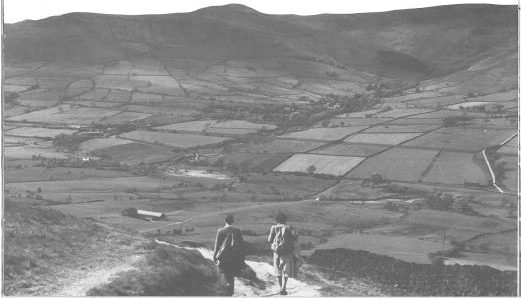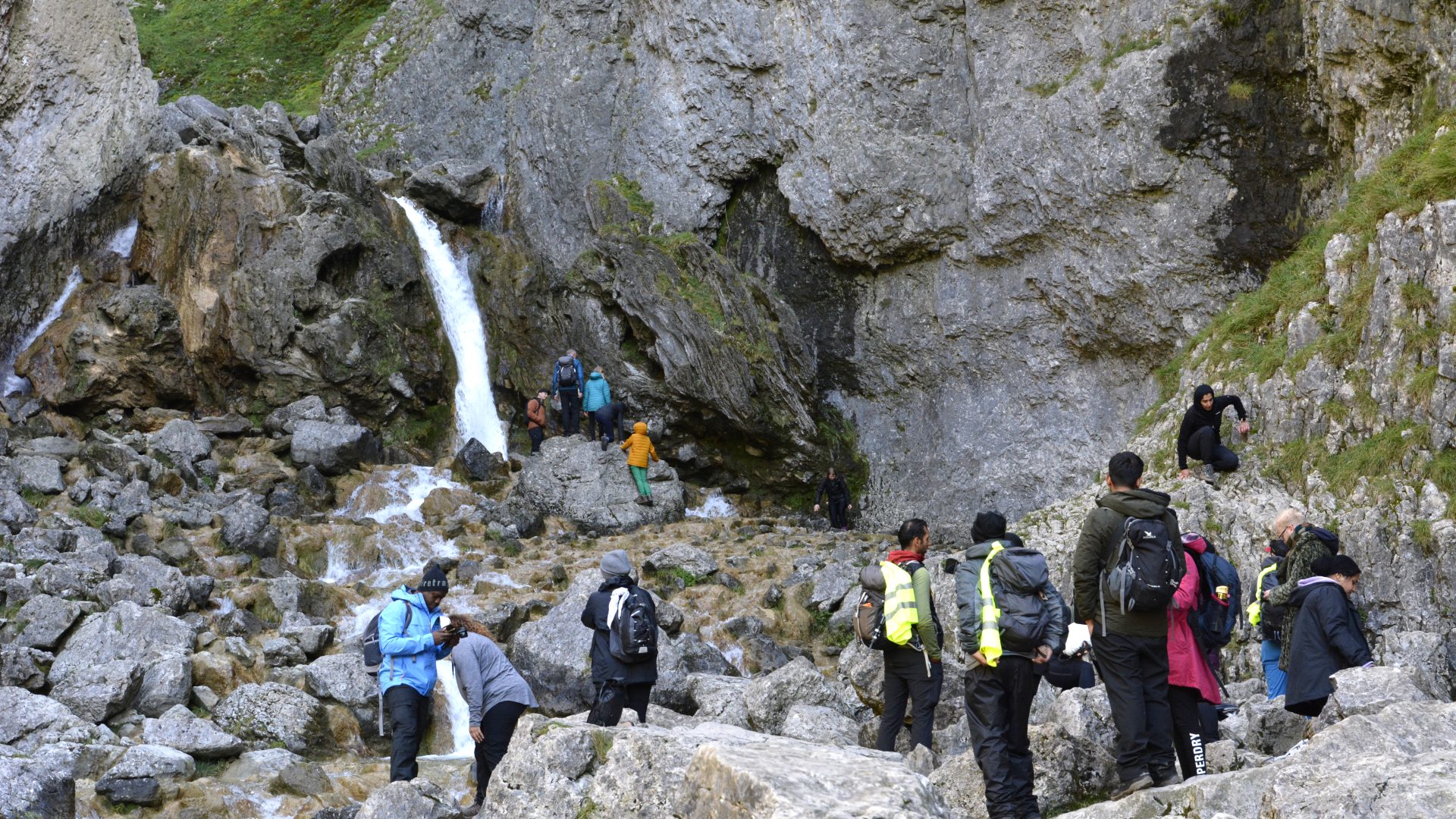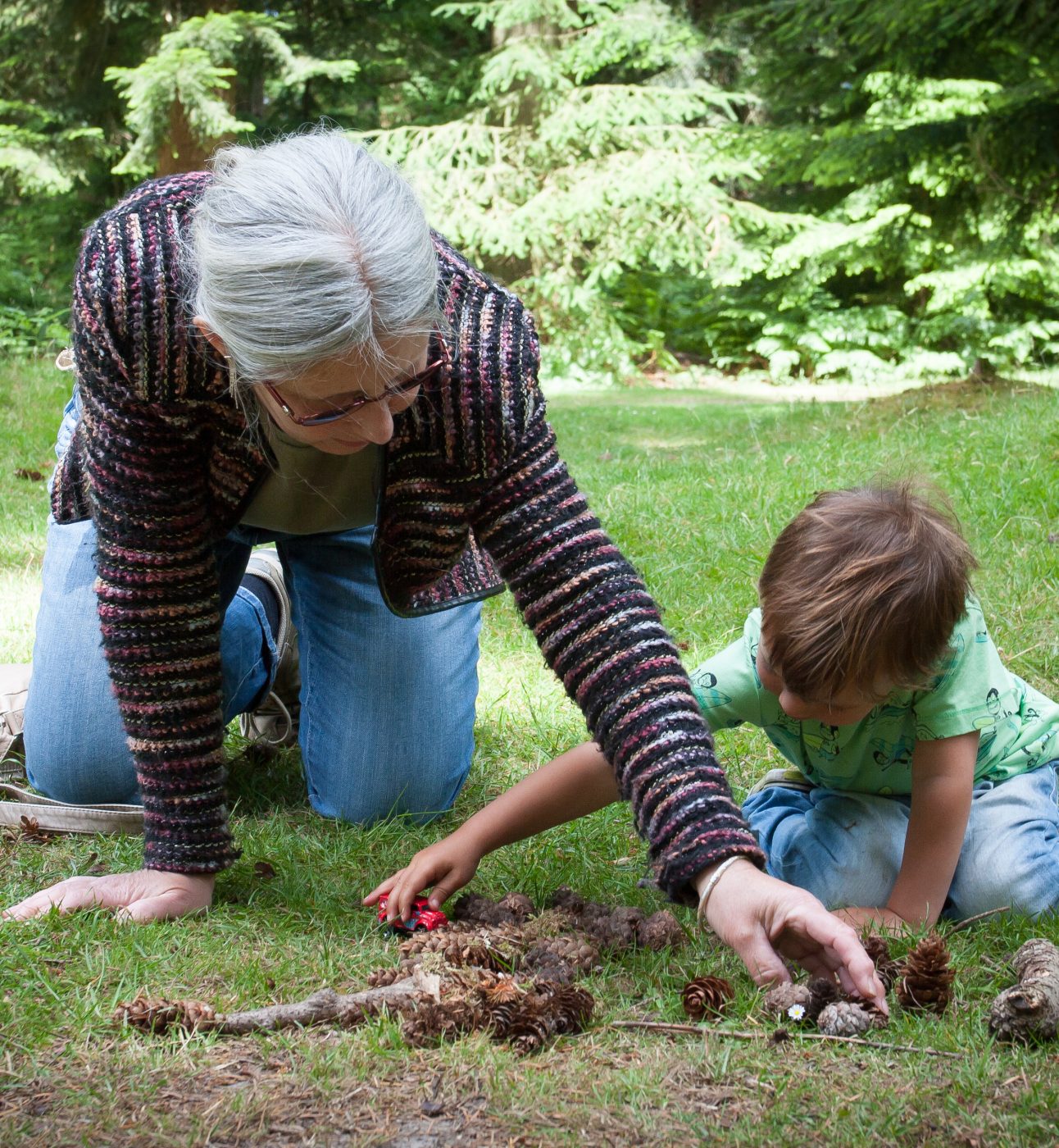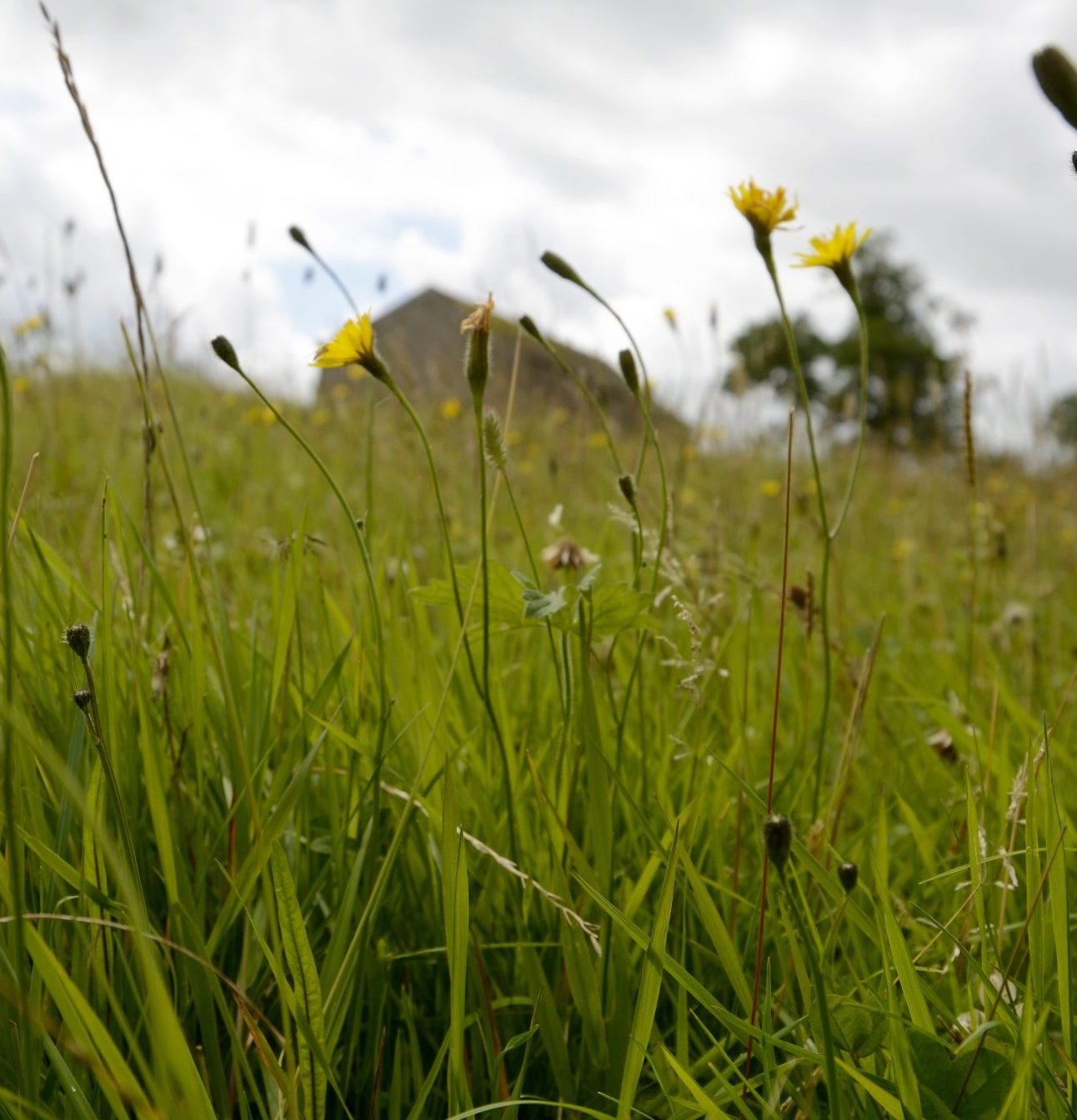
History of National Parks
The history of National Parks is a history of ambitious campaigns and the power of people coming together.

National Parks are incredible spaces for nature, culture and communities but what exactly is a National Park? From how they’re run to what makes them so special, we’re here to answer all your questions.
Starting with a big one, National Parks are defined as substantial tracts of land, sometimes remote, with wide open spaces large enough to provide the public with opportunities for outdoor recreation. National Parks are designated because of their landscape quality, wildlife and their values as a recreational resource.
The National Parks were created as part of the post-World War II re-establishment process. Spurred on by the increasing desire for everyone to have access to the countryside, National Parks were created to bring long-term protection to areas of beautiful countryside that were highly valued for physical and spiritual refreshment.
National Parks have two purposes:
In cases where conflict exists between the two purposes and reconciliation proves impossible, the first purpose should take precedence – this is known as the Sandford Principle.
The Broads was designated under a special Act of Parliament and is a member of the National Park family. The Broads has its own third purpose – to protect the interests of navigation.
National Parks are important and special areas covering 10% of the land area in England and Wales. They protect vital landscapes and wildlife habitats and contain significant culturally important sites. National Parks are also home to communities where people live and work.
They also provide a focus for recreation and tourism for 90 million visitors to National Parks and surrounding areas each year, spending more than £4bn. The physical and mental health benefits of being connected to nature are well documented, no wonder 90% of people say that National Parks are important to them.
Over 23% of land in National Parks in England is designated as Sites of Special Scientific Interest, and over 333,000 hectares is recognised and protected as being of international conservation importance.
The Parks play an important role in mitigating the effects of climate change and are essential carbon stores. Peat soils in National Parks in England hold 119 megatons of carbon, that’s the equivalent to England’s entire CO2 emissions for one year.
The first National Parks were created in 1951, the latest addition to the National Park family was the South Downs in 2010.
1951: Lake District, Dartmoor, Peak District, Eryri (Snowdonia)
1952: North York Moors, Pembrokeshire Coast
1954: Exmoor, Yorkshire Dales
1955: Northumberland
1957: Bannau Brycheiniog (Brecon Beacons)
1989: The Broads (designated under its Act of Parliament)
2005: New Forest
2010: South Downs
National Park Authorities (NPAs) are the bodies charged with the achieving the two purposes of National Parks. They are members of the local government family but are also independent, special purpose authorities established to act in the best interests of the National Parks and to encourage others to do the same. The NPAs and the Broads Authority are funded by Defra and the Welsh Assembly Government.
Each National Park has its own National Park Authority funded by the government which are charged with the achieving the two purposes of National Parks (see top of page).
Every National Park (with the exception of Northumberland) has a dedicated society which are charitable organisations. They differ in size, some are run only by volunteers, others have full time members of staff. Their aim is to advance the enhancement, protection and conservation of the National Park for the benefit of everyone. They work closely with the National Park Authority to achieve their aims.
We work closely with all the National Park Authorities and Societies, if you’re a member of a society and would like to hear more about the work going on across the Parks, sign up to our Stand Up Email Newsletter.
While some National Park Authorities (NPAs) own a small proportion of the land in their National Park (for example, Bannau Brycheiniog owns most at 13%, followed by Exmoor at 9%), the majority of land in National Parks is not owned by NPAs and several do not own any land at all. Many other organisations including Forestry England, the water companies, the Ministry of Defence and the National Trust own significantly more land in National Parks than the NPAs do. For example, Forestry England owns nearly half (47%) of the New Forest while the NPA does not own any of it. More than a fifth of Northumberland (21.8%) is owned by the Ministry of Defence (MoD) and nearly 15% of the Peak District is owned by water companies.
However, the vast majority of land in most National Parks is privately owned. This ranges from just over half of the New Forest to more than 99% of the Yorkshire Dales, with the figure for most of the Parks being 90% or more.
We love to talk all things National Parks, if you’ve got a question we haven’t answered please get in touch and we’ll try our best to answer it.

The history of National Parks is a history of ambitious campaigns and the power of people coming together.

Why you should visit National Parks.

Find out more about the 13 National Parks in England and Wales.